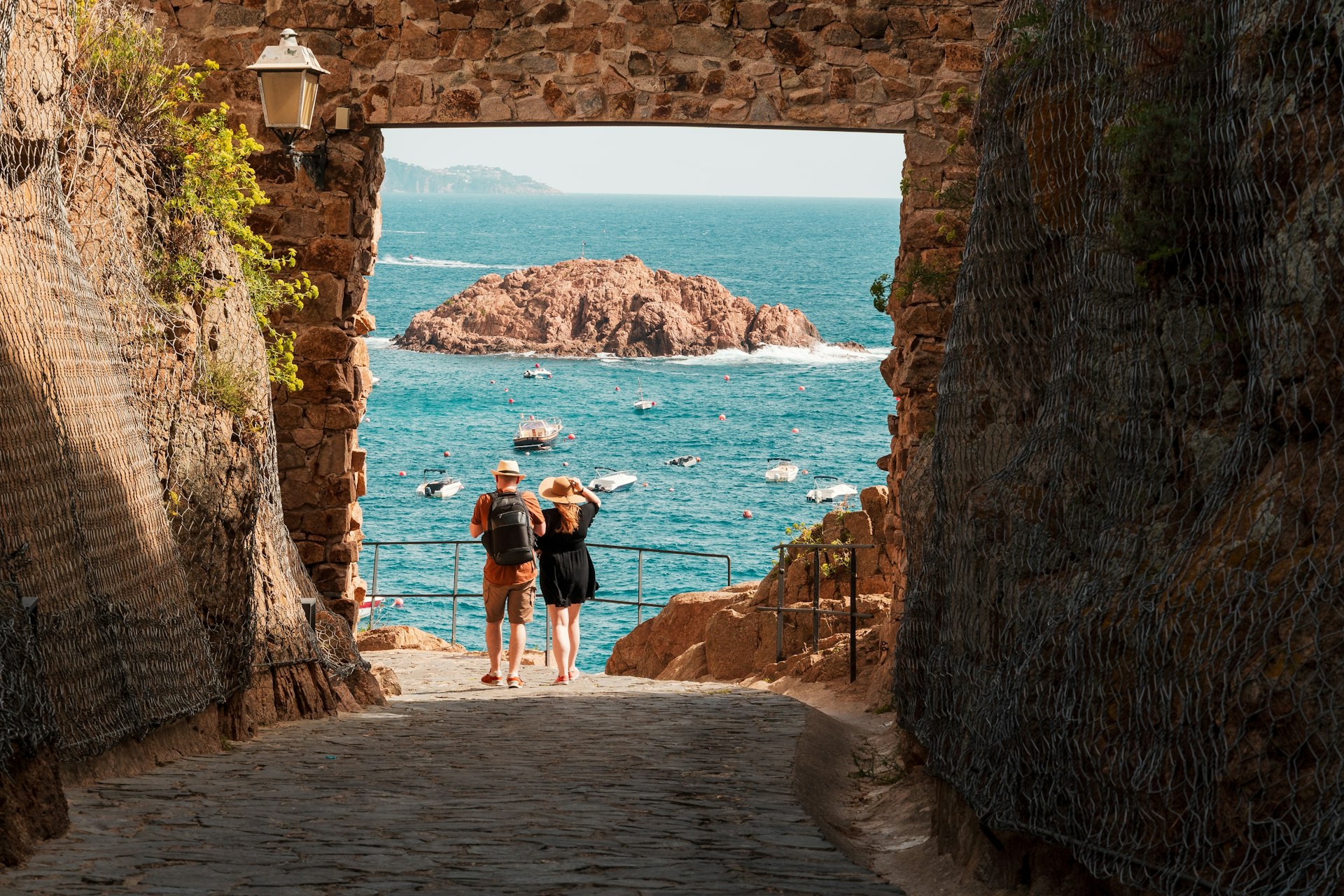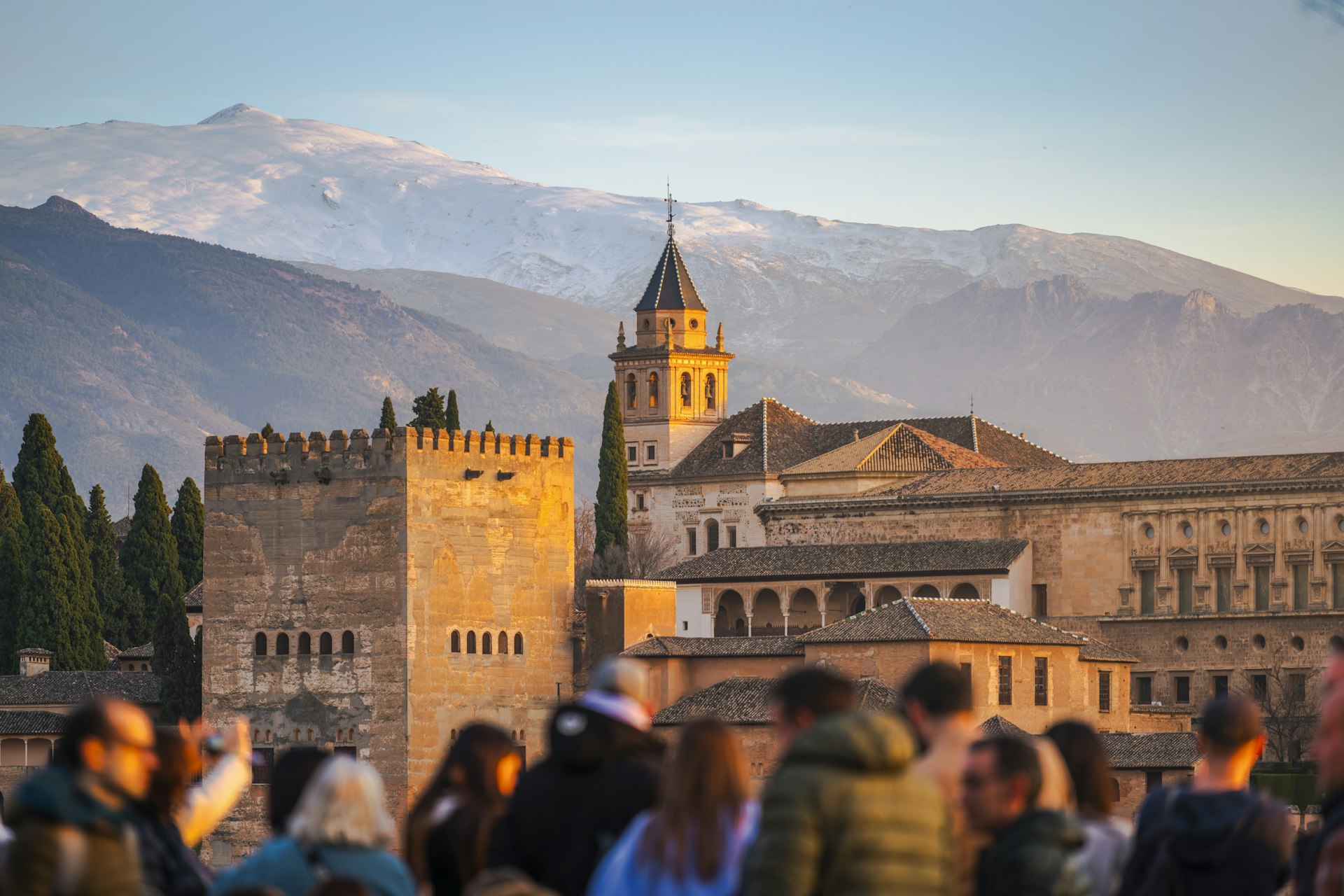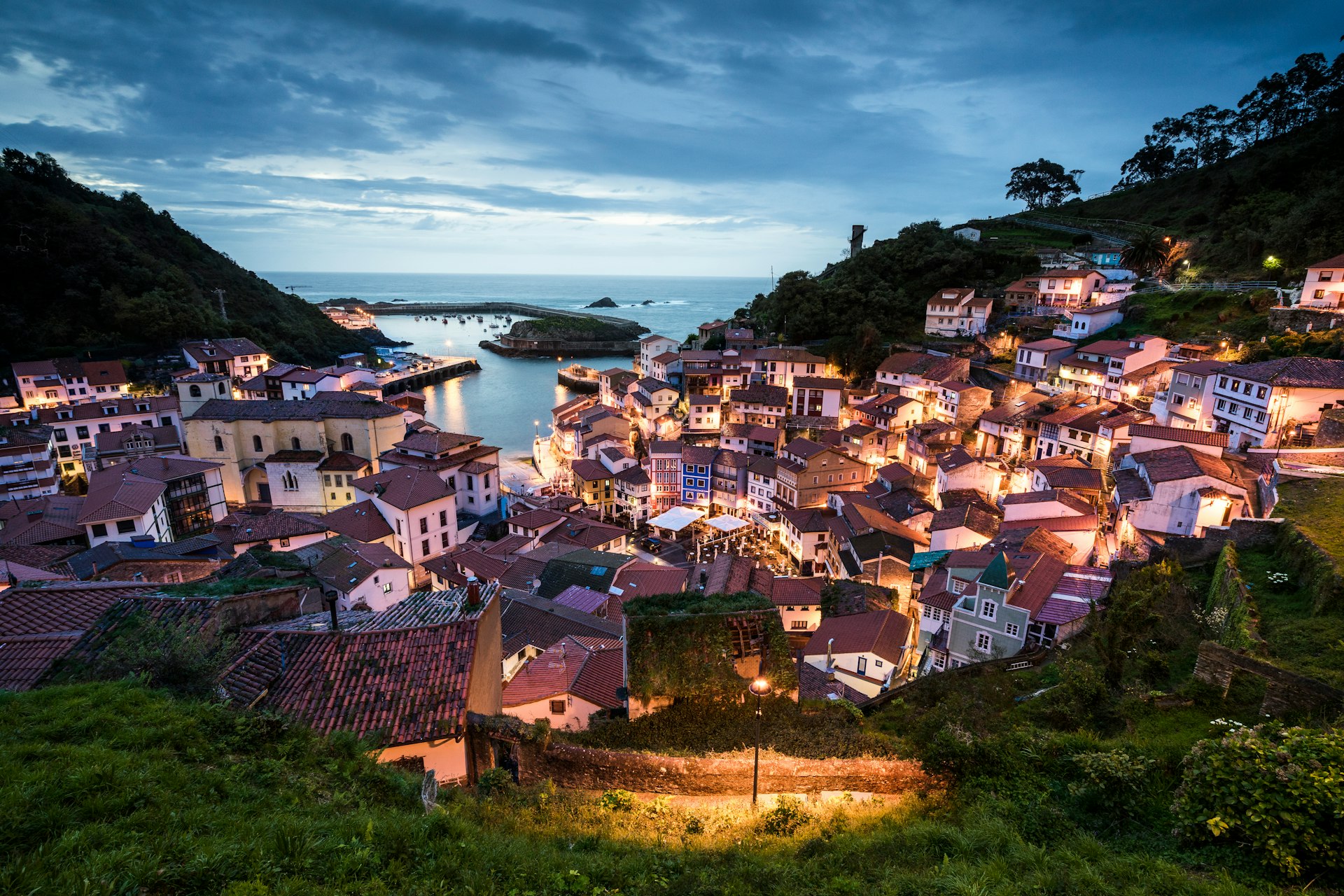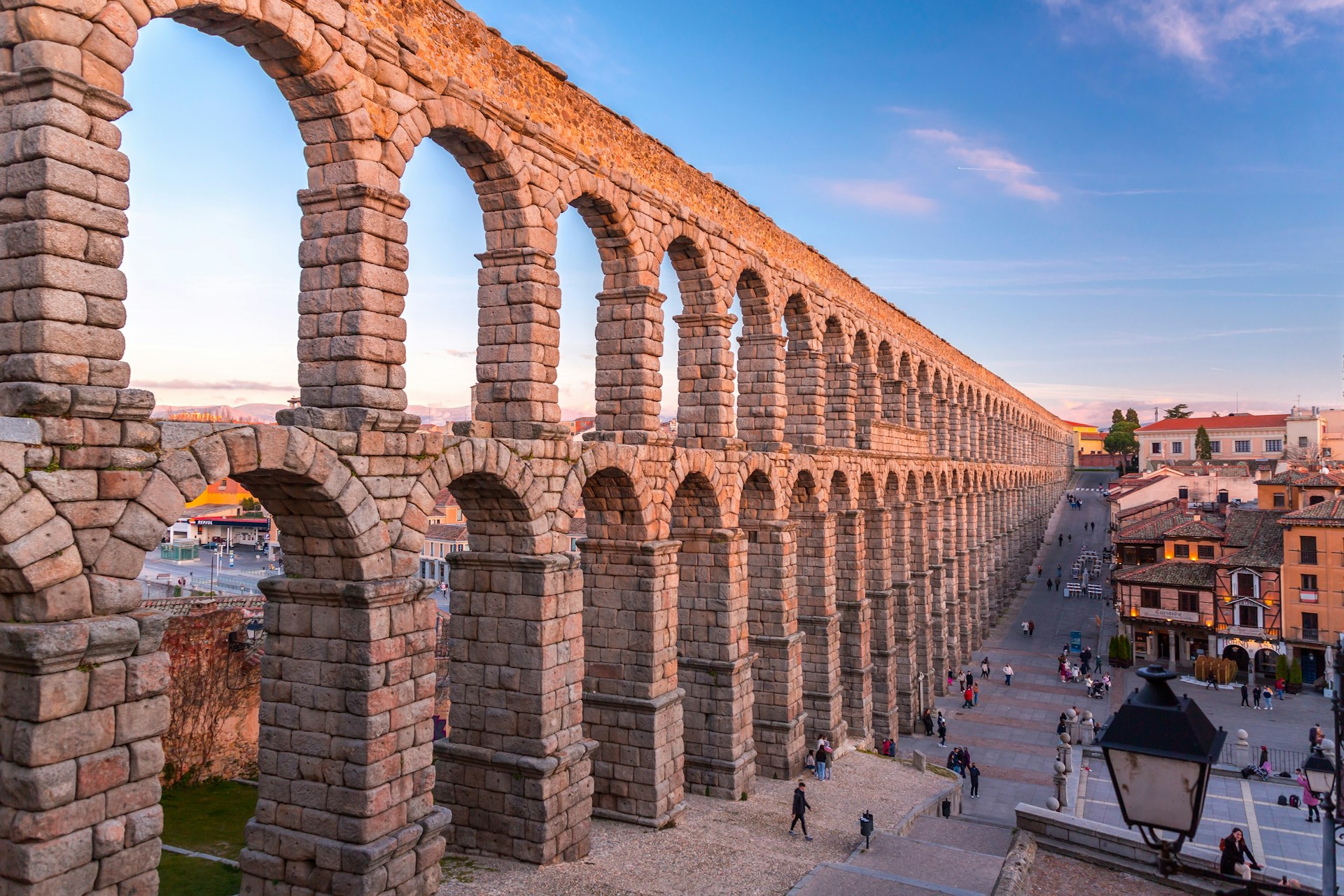Discover the Best of Spain with these 5 Road Trips

Take a road journey throughout this stunning nation to discover Spain’s renowned natural scenery and cultural legacy, as well as to enjoy its highly regarded food at every stop.
Anywhere you go, you will undoubtedly come across historic cities and medieval castles, quaint beach villages, majestic mountain ranges, and endless coastlines. Spain’s pueblos (villages) provide the opportunity to unwind with traditional tapas (small plates) amid friendly inhabitants in between the iconic landmarks.
Get moving with these five fantastic driving routes that will take you through some of Spain’s most beautiful regions.
Costa Brava Road Trip
Best road trip for Catalonian history and cuisine – and all things Dalí
Barcelona – Cadaqués; approx 246km (153 miles); allow 3-4 days

Spain is endowed with more than 3000 miles of coastline, and the Costa Brava, which runs along the Mediterranean on Catalonia’s northeastern coast, is among its most breathtaking sections. Long, sunny beaches, historic cities, and charming fishing villages that served as inspiration for Salvador Dalí, the most well-known artist from the area, await you when you drive this way.
Take the GI-682 road from Tossa de Mar to Sant Feliu de Guíxols, starting in Barcelona. There are designated views where you may pause and take in the breathtaking scenery. Take a detour from the coast to see the historic city of Girona, which boasts one of the world’s largest Gothic naves in its landmark cathedral, and the archeological treasures in the Banys Àrabs (Arab Baths).
Art enthusiasts shouldn’t miss the well-known “Dalinian Triangle,” which is made up of the towns of Figueres, Portlligat, and Púbol. Here, you can explore Salvador Dalí’s previous homes, which are now accessible to the public, and get a firsthand look at his bizarre universe.
In the bay of the Cap de Creus peninsula, the charming seaside town of Cadaqués marks the end of the road trip. Famous writers and artists like Marcel Duchamp, Melina Mercouri, Man Ray, Daphne Guinness, Dalí, and Frederico Garcia Lorca all had a fondness for this playground throughout the summer months. And you now as well.
Planning advice: El Celler de Can Roca in Girona, which has been voted the greatest restaurant in the world multiple times, requires reservations up to a year in advance. Thus, why do you delay? Make those reservations right away.
Andalucía Road Trip
Best road trip for getting close to Spain’s Moorish past
Malaga– Seville; 471km (293 miles), allow 5 days

The Strait of Gibraltar connects the Mediterranean and Atlantic coastlines of Southern Andalucía, making it the only location in Europe to have both. Driving along the well-deserved Costa del Sol brings you through this wonderful region.
Begin at Malaga, a sunny beach city, and take in breathtaking vistas of the Sierra Nevada mountains. Travel inland to the charming cities of Cordoba and Granada, where you can still feel the influence of the Muslim kings that dominated Spain up until the fifteenth century.
A trip to Granada wouldn’t be complete without seeing the Alhambra, the Nasrid Dynasty’s historic palace and castle that magnificently combines Christian and Moorish decorative elements. You can enter the neighboring Palacio de Generalife, a vacation residence for the sultans of Nasrid, with the same entry ticket.
The magnificent Córdoba Mosque, also known as the Mezquita–Catedral de Córdoba, is the city’s crown gem and, along with the Alhambra, symbolizes the pinnacle of Islamic construction in Spain.
The Andalusian city of Seville, 90 minutes away from Córdoba, presents an eccentric and surreal blend of horse-drawn carriages, citrus groves, a massive Gothic cathedral, Mudéjar (Moorish) architecture, and flamenco tablaos (flamenco performances).
Northern Spain Road Trip
Best road trip for greenery and cuisine along Spain’s Atlantic coast
San Sebastián – Santiago de Compostela; 750km (466 miles), allow 6–7 days

Traveling through the north of Spain will present you to a visual feast of verdant hillsides, snow-capped mountain peaks, and views of the Atlantic Ocean because this region receives more rainfall than the rest of the nation. Traveling from the Basque Country, you will pass through four autonomous communities in Spain: Candabria, Asturias, Galicia, and finally, Barcelona.
The culinary seaside city of San Sebastián, which boasts the highest density of Michelin-starred restaurants per square meter in all of Europe, is a fantastic place to start. A day or two would be perfect to explore the city’s Parte Vieja, or Old Quarter, and indulge in the delectable pintxos (appetizers) that entice you at every step.
The Basque islet of San Juan de Gaztelugatxe, which gained international recognition as the setting for Game of Thrones’ Dragonstone, is not too far away. Reaching out into the Bay of Biscay, this stunning rocky cliff is connected to the mainland by a long, twisting stone staircase. The little church perched atop the islet has a bell on its exterior. It is customary for guests to ring the bell three times and offer a wish.
Enjoy a leisurely walk over the magnificent Playa del Sardinero, a golden sand beach located in the Cantabrian capital and port town of Santarder.The wacky seaside Magdalena Palace was constructed for the royal family’s summer home in the early 1900s.
You’ll continue driving into Asturias and be treated to breathtaking vistas of the Picos de Europa mountain range. Visit Oviedo to take in the quaint old town and sample the local bean stew, fabada asturiana. At last, arrive in Santiago de Compostela, the thousand-year-old Camino de Santiago (Way of St. James) pilgrimage’s last destination. Here, you can visit the Basilica of Santiago de Compostela, which is thought to be St. James the Apostle’s final resting place. Join travelers from all over the world on this trip. Luckily, the walk there won’t wear you out.
Planning advice: For an extra fee, the majority of auto-rental companies will happily include a silla infantil (car seat). These should always be reserved well in advance, particularly during holidays such as Christmas and Holy Week (during which it can be difficult to find a car to hire).

Castilla y León Road Trip
Best road trip for towns filled with medieval castles, churches and charm
Madrid – Salamanca; 265km (165 miles), allow 2 days
This route through central Spain passes through plateaus with the magnificent Sierra de Guadarrama mountain range as a dramatic background. It also passes through some of the most remarkable medieval cities in Spain, located in the Castilla y León region.Anticipate walled medieval cities, castles with defenses, Gothic cathedrals, Romanesque architecture, and UNESCO World Heritage sites.
Your starting point, Madrid, is just over an hour away from Segovia, which is well-known for its stunning Roman aqueduct, Gothic church, and 12th-century Alcázar of Segovia castle.
The walled town of Ávila, also called “the town of stones and saints,” is the next stop. It was formerly a medieval fortress and is renowned for having the highest concentration of Gothic and Romanesque churches in all of Spain. Take a day to explore the town’s cobblestone streets, the El Salvador Cathedral, San Vicente Basilica, and the Convent/Museum of St. Teresa, who is arguably the most well-known native of the area.
The picturesque university town of Salamanca, also referred to as “La Cuidad de Oro” (Golden City) because of its honey-colored sandstone walls that shimmer with endless golden hues in the late afternoon sun, is a great place to end your road trip.
Local advice: Winters in Castilla y León can be chilly, but summers there are hot and sunny. Even during the winter, the climate is generally dry, thus snowfall is rare, however, overnight lows can get below zero. Prepare your belongings for the appropriate winter climate.
Ibiza Road Trip
Best road trip for coves and beaches
Ibiza Town – Cala d’Hort; 35km (22 miles), allow 1–2 days

The greatest way to discover Ibiza’s breathtaking calas, or coves, is to rent a car. You’ll save money on taxi prices and travel time by having your own transportation. Though the island is known for being a party hotspot around the clock, its ageless appeal is primarily due to its natural features, which include jagged cliffs, blue oceans, and historic archaeological sites.
For a taste of glitzy beach life, head from Ibiza Town to the southernmost point of the island, Ses Salines beach, which is only ten minutes away by car. Celebrities can frequently be seen lounging in the sun or sipping cocktails at one of the many eateries and bars along the shore.
Sa Caleta (Es Bol Nou), a more remote beach nestled between craggy red rocks, offers an intriguing contrast. Spend some time hiking up the Sa Caleta ruins, a World Heritage site of the ancient Phoenician culture. Stop at the restaurant Cala’s for some fresh seafood, which has a shaded Mediterranean garden bar.
Drive up to the famous Cala d’Hort in Ibiza, where the legendary island of Es Vedrà rises 382 meters (1253 feet) above the glistening Mediterranean seas. This island has a legendary reputation since people have purportedly seen everything from UFOs to the Virgin Mary there. Even while it’s a captivating sight during the day, the first time you see it at sunset is a nearly spiritual experience.
Local advice: The Balearic Islands, which include Ibiza, are promoting long-term initiatives to make tourism a less cyclical and more sustainable sector of the economy. See Ilse Sostenible and Ibiza Sostenible for details on how to get involved, ranging from “plogging” to coral restoration.








One Comment